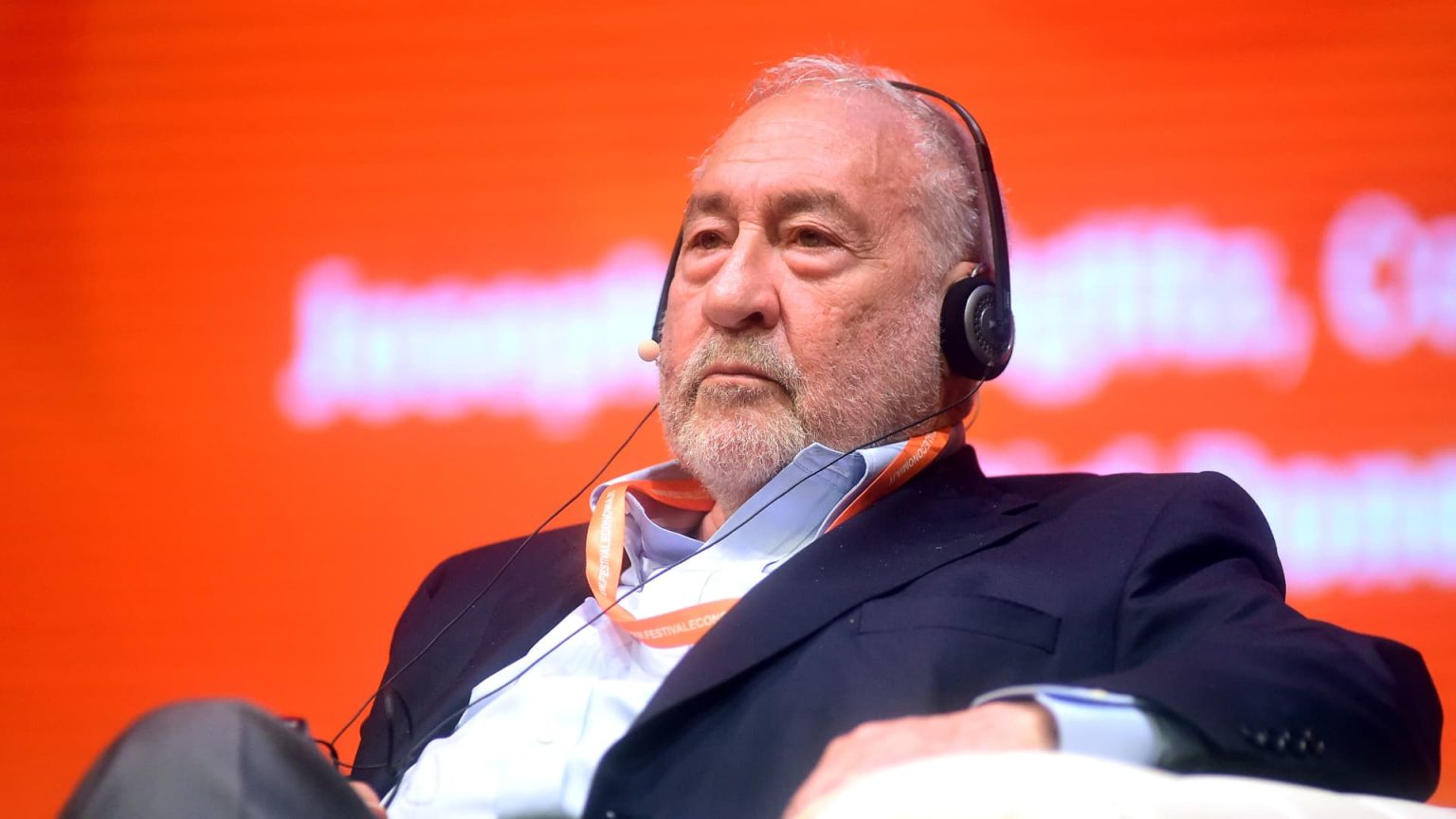Nobel Prize-winning economist Joseph Stiglitz has argued that the Federal Reserve should implement a half-point interest rate cut at its upcoming meeting, criticizing the central bank for tightening monetary policy too aggressively and exacerbating inflation. He believes that maintaining interest rates at near-zero levels for an extended period after the 2008 financial crisis was a mistake, and that the subsequent rate increases have actually worsened inflation, particularly in the housing market. Stiglitz contends that a larger rate cut would be beneficial for addressing inflation and job creation, and disagrees with the Fed’s current approach.
Stiglitz’s call for a substantial rate cut aligns with similar views expressed by JPMorgan’s chief U.S. economist, indicating growing support for a larger reduction at the Fed’s September meeting. Despite the prevailing expectation of a 25-basis-point rate cut, analysts have noted an increase in bets for a 50-basis-point reduction. The impending release of August’s nonfarm payrolls data holds significance in determining the size of the anticipated rate cut, with investors closely monitoring the report for insights into the Fed’s next policy move. The Fed’s benchmark borrowing rate currently falls within the range of 5.25%-5.5%.
Market participants have been increasingly pricing in a rate cut at the upcoming Fed meeting, with probabilities of a 25-basis-point reduction standing at approximately 59%, while 41% anticipate a 50-basis-point cut. This shift in expectations has been triggered by factors such as the recent JOLTS report, which revealed a decline in job openings to their lowest level in 3½ years. The data suggests a slack in the labor market, prompting speculation about the necessity of a larger rate cut to stimulate economic growth. While Stiglitz and others support a more significant reduction, not all analysts believe that a half-point cut is imperative at this time.
George Lagarias, chief economist at Forvis Mazars, argues against a 50-basis-point rate cut in September, contending that a quarter-point reduction would be more appropriate given the current economic conditions. Lagarias expresses concerns about the potential negative impact of an aggressive rate cut, cautioning that it could inadvertently convey a sense of urgency and cause unnecessary market turmoil. He emphasizes the importance of considering specific events or market conditions that warrant drastic policy measures, suggesting that a prudent approach supported by data and analysis would be more beneficial in guiding the Federal Reserve’s decisions.
As the debate over the magnitude of the Fed’s rate cut intensifies, economists and analysts continue to assess the implications of different policy options on inflation, job growth, and overall economic stability. Stiglitz’s argument for a larger rate cut reflects concerns about the unintended consequences of previous Fed actions and the need for a more nuanced approach to monetary policy. The diverse perspectives within the financial community underscore the complexity of the current economic landscape and the challenges facing central banks in navigating uncertain times. Ultimately, the Fed’s decision on the size of the rate cut will be closely watched by investors and policymakers alike, as it shapes expectations for future monetary policy actions.


